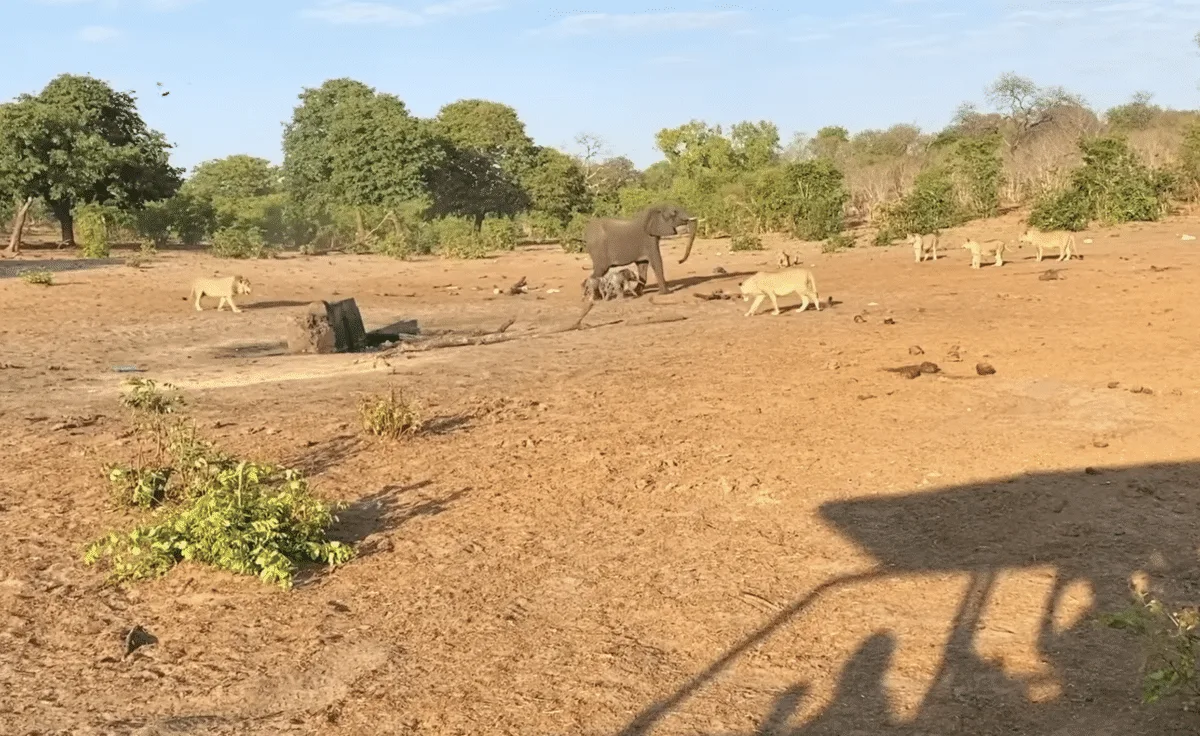Heartbreakingly, an elephant mother found herself in a dire situation with her newly born twins; caught in no-man’s land and surrounded by a hungry pride of lions. With no relatives to rely on, the matriarch faced a gut-wrenching decision: attempt to save both, risking their lives, or sacrifice one to ensure the survival of at least one. Sadly, the latter unfolded, evident in the video where you can sense it wasn’t her preferred choice.
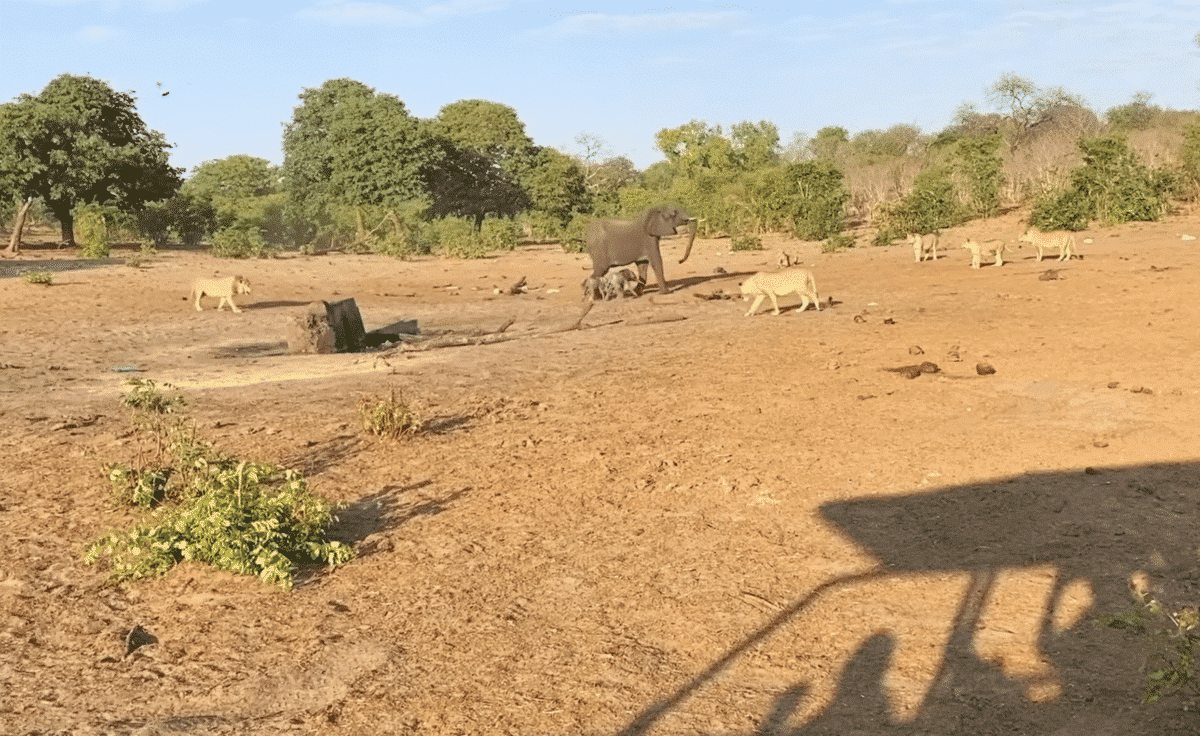
In the midst of bravely charging the pride to scare them off, she couldn’t protect both, leading to the heart-wrenching moment when one twin was snatched from under her protective presence.
Watch The Sequence of Events Below:
Credit: Latest Sightings
The Role of a Matriarch (Elephant Mother)
The distressing encounter captured in the video highlights the vulnerability of wildlife in the face of nature’s harsh realities. Yet, beyond individual tragedies, the larger canvas of elephant herds reveals a complex and interconnected world.
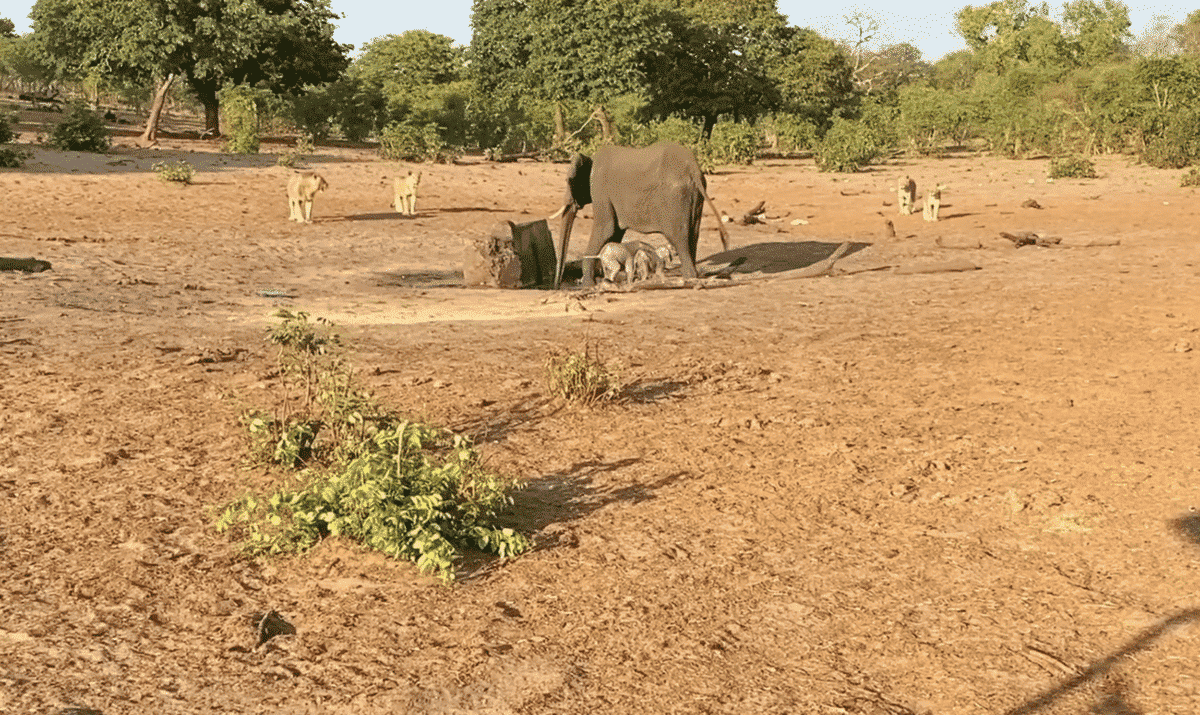
Elephant herds are often characterized by a strong matriarchal structure. The matriarch, usually the oldest and most experienced elephant mother in the group, assumes a central role in guiding the herd through the challenges of their environment. With an innate understanding of where to find food, water, and safe resting places, the matriarch leads her family on an ongoing quest for sustenance and security.
One of the key responsibilities of the matriarch is to protect and nurture the younger members of the herd. Young elephants, known as calves, are particularly vulnerable to predators, and the matriarch employs her wisdom and experience to shield them from potential threats. During times of danger, as demonstrated in the heart-wrenching video, the matriarch becomes the frontline defender, using her size and strength to confront and deter potential dangers, whether they be lions or other predators.
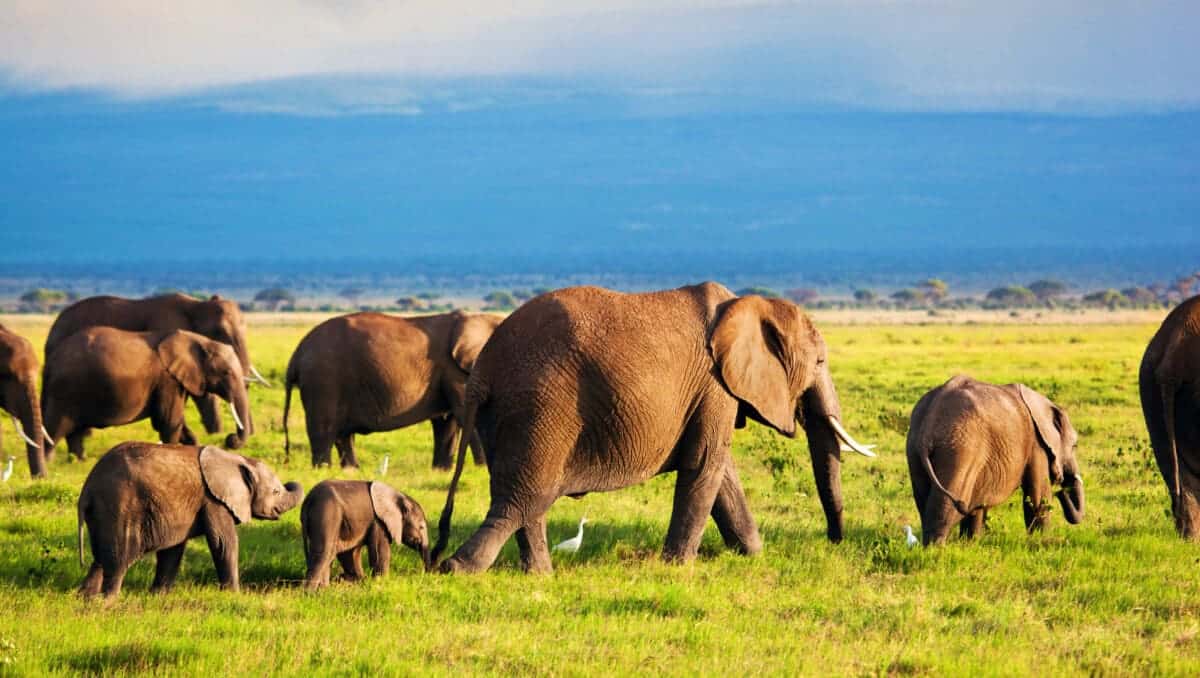
The emotional depth within elephant herds is palpable. Mothers are devoted caregivers, and the bonds between family members are strong. Calves, in their early years, rely heavily on their mother’s guidance not only for protection but also to learn essential life skills – as all elephant mothers should do. The matriarch imparts knowledge about foraging, identifying safe routes, and recognizing potential dangers, ensuring the survival and well-being of the herd as a whole.
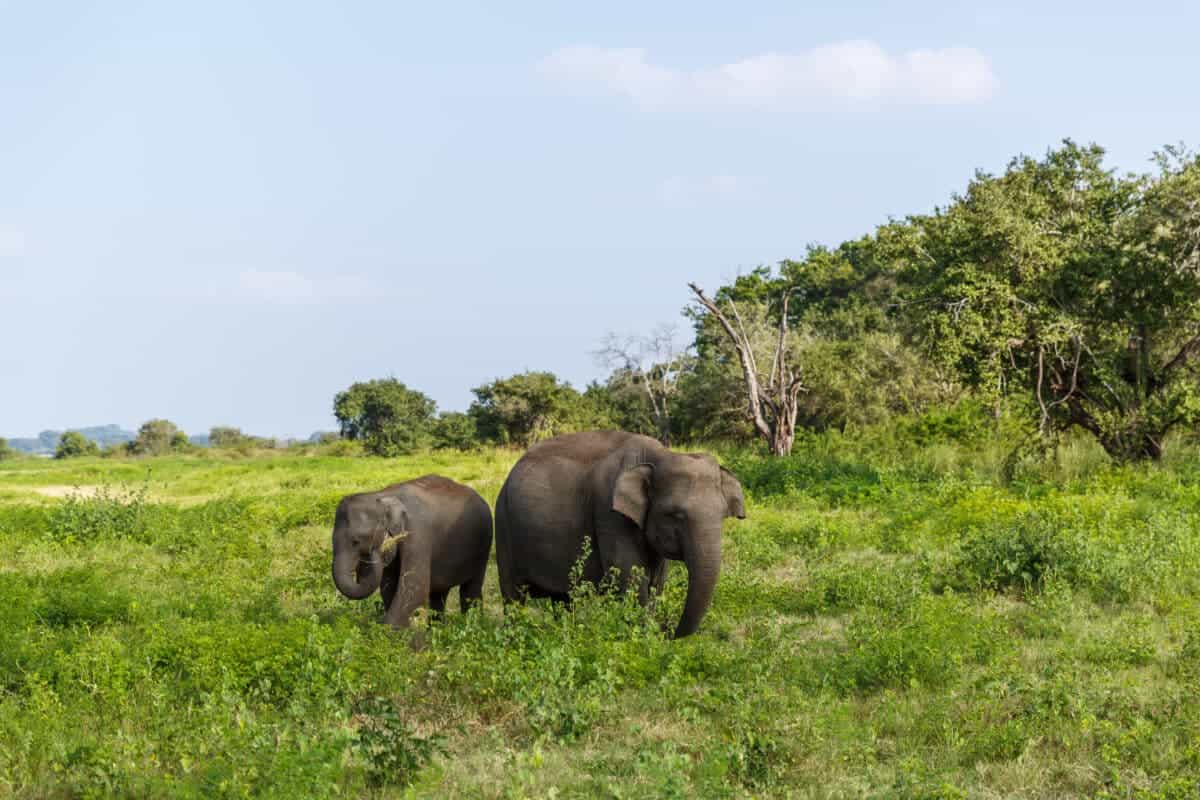
In contrast to the closely-knit female-dominated herds, male elephants typically follow a more solitary path. Once males reach maturity, usually in their late teens, they experience a physiological phenomenon known as musth. During musth, males undergo hormonal changes that make them more aggressive and prone to seeking mates. In response to these instincts, male elephants often leave the safety of the herd to embark on a solo journey in search of potential mates.
Their Diet
Elephants are voracious herbivores, and their diet plays a crucial role in shaping their behavior and movements. They consume a diverse range of vegetation, including grasses, leaves, bark, and fruits. Their daily intake can be substantial, requiring them to cover extensive territories in search of food and water. This nomadic lifestyle allows elephants to adapt to a variety of environments, from the lush grasslands of savannahs to the dense vegetation of forests and the arid expanses of deserts.
Range of Elephant Mothers
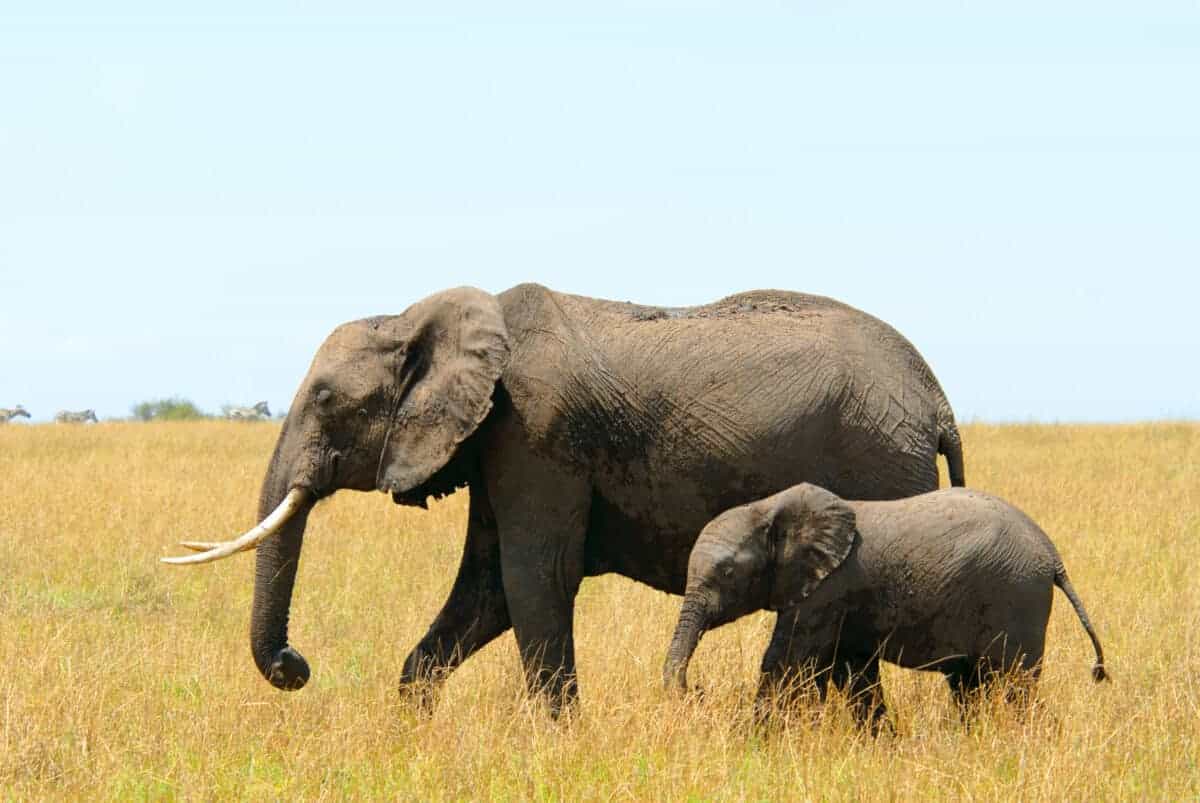
The geographical range of elephant herds is expansive, covering diverse ecosystems across Africa. They can be found in the rainforests of Central Africa, the savannahs of East Africa, and the deserts of Southern Africa. The ability of elephants to thrive in different landscapes underscores their ecological importance, as they contribute to shaping and maintaining the biodiversity of the regions they inhabit.
Join our Forum for free today!

- Insects are Dismantling Tunisia’s Crucial Prickly Pear Industry - July 24, 2024
- Cocoa Traders Risk Losing Billions to Ghana’s Infected Crops - July 24, 2024
- Miracle on the Mountain: A Seven-Hour Dog Rescue Underground - July 23, 2024

